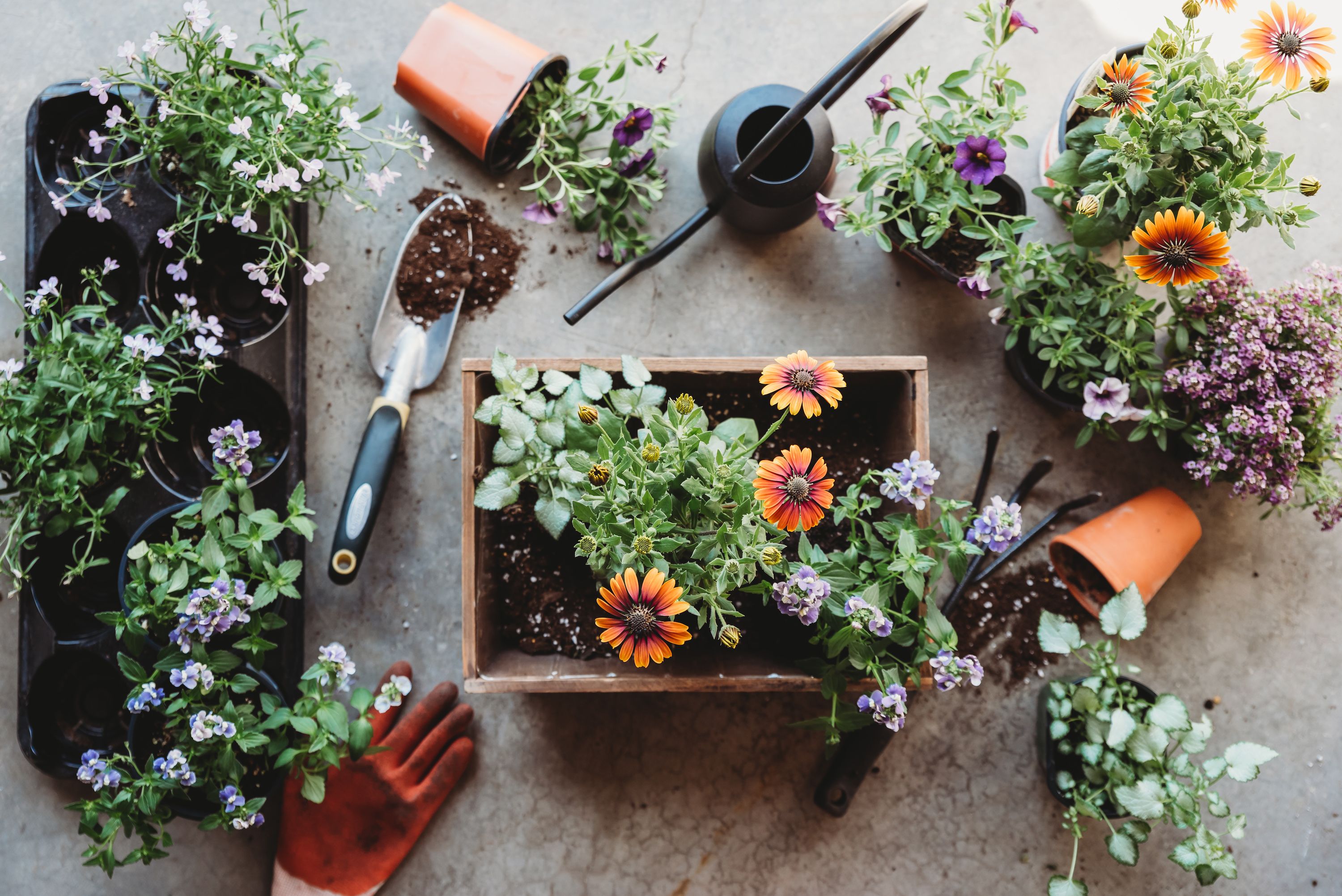Thrive right into a Pro: Home Gardening Tips for Beginners
Wiki Article
The Ultimate Overview to Gardening for Beginners: Step-by-Step Tips and Methods for Expanding a Flourishing Garden
From comprehending your garden room to selecting the right plants and preparing the soil, we've obtained you covered. Obtain ready to unleash your eco-friendly thumb and produce a lovely, prospering yard.Comprehending Your Garden Space
Understanding your garden space is essential for developing a thriving garden. This will assist you establish which plants will grow in each location. gardening for beginners.Following, analyze the soil in your garden. Comprehending your soil type will direct you in choosing the right plants and implementing suitable soil modifications. This information will assist you make educated choices concerning watering and plant placement.
Moreover, focus on any type of microclimates within your garden. These are little areas that may vary in temperature or moisture levels compared to the remainder of your garden. A south-facing wall surface may keep warmth, creating a warmer microclimate. Use these variations to your benefit by planting heat-loving or moisture-loving plants in these locations.
Picking the Right Plants
:strip_icc()/person-raking-soil-89bf9d8a-febbfed23dec4038afc89777723f9404.jpg)
Do you choose low-maintenance plants or are you eager to put in additional effort for high-yield crops? Think concerning the amount of time, power, and sources you are ready to invest in your garden.
Furthermore, think about the area readily available in your garden. Take measurements and plan the layout of your plants. Consider the mature size of each plant and see to it they have sufficient area to grow without congestion each other.
Finally, think of the practicality of your plant selections. home gardening for beginners. Will you have the ability to offer the required treatment and upkeep for your selected plants? Take into consideration factors such as watering, feeding, pest control, and trimming
Preparing the Soil for Growing
When you have actually chosen the ideal plants for your growing garden, it's time to dive right into the important task of preparing the soil for planting. Take a sample and examination its pH levels, as various plants thrive in different pH ranges.
Once the soil is prepared, develop furrows or openings for planting. The depth and spacing will certainly depend upon the certain needs of your chosen plants, so refer to the seed packets or plant tags for support. Gently position the plants in their assigned areas, making certain that the roots are covered with soil. Securely push the dirt around the base of each plant to remove any kind of air pockets.
Finally, water the newly planted location thoroughly. This will certainly assist clear up the soil and supply the plants with the dampness they require to establish themselves. As you water, beware not to clean away the soil or damages the fragile plants. With correct dirt prep work, your garden will be fully equipped to sustain the development and success of your plants.
Watering and Fertilizing Strategies
After preparing the soil for growing, it's vital more information to comprehend reliable watering and fertilizing strategies to ensure the wellness and development of your garden. One way to determine if your plants require watering is by sticking your finger about an inch right into the soil. When watering, purpose for the base of the plants, as moistening the leaves can encourage illness.Keeping a Healthy Garden
To preserve a healthy garden, you ought to routinely inspect your plants for indicators of conditions or parasites. By doing this, you can capture any type of issues beforehand and take the needed actions to avoid them from causing and spreading damages to your entire garden. Try to find any unusual areas on leaves, yellowing or wilting foliage, or holes in the leaves, as these could be indicators of illness or pests. If you see any of these indicators, it is important to take immediate activity.An additional technique is to encourage beneficial pests like lacewings and ladybugs, which feed on yard parasites. Planting blossoms such as daisies, marigolds, and sunflowers will certainly attract these beneficial insects to your yard.
Along with parasites, illness can likewise influence your plants. To stop the spread of illness, it is very important to exercise excellent garden hygiene. This includes eliminating any type of infected plants or leaves, sterilizing your gardening devices, and staying clear of over-watering. Appropriate spacing in between plants and excellent air flow can also assist prevent the spread of conditions.
Conclusion
By understanding your garden space, picking the right plants, preparing the dirt, and applying proper watering and fertilizing strategies, you can produce a growing yard. With perseverance and commitment, you'll quickly be appreciating the charm and bounty of your own flourishing yard.Use these variants to your advantage by growing heat-loving or moisture-loving plants in these areas.
:max_bytes(150000):strip_icc()/hispanic-father-and-daughter-gardening-together-463247401-58a390123df78c475830f5f5.jpg)
Report this wiki page